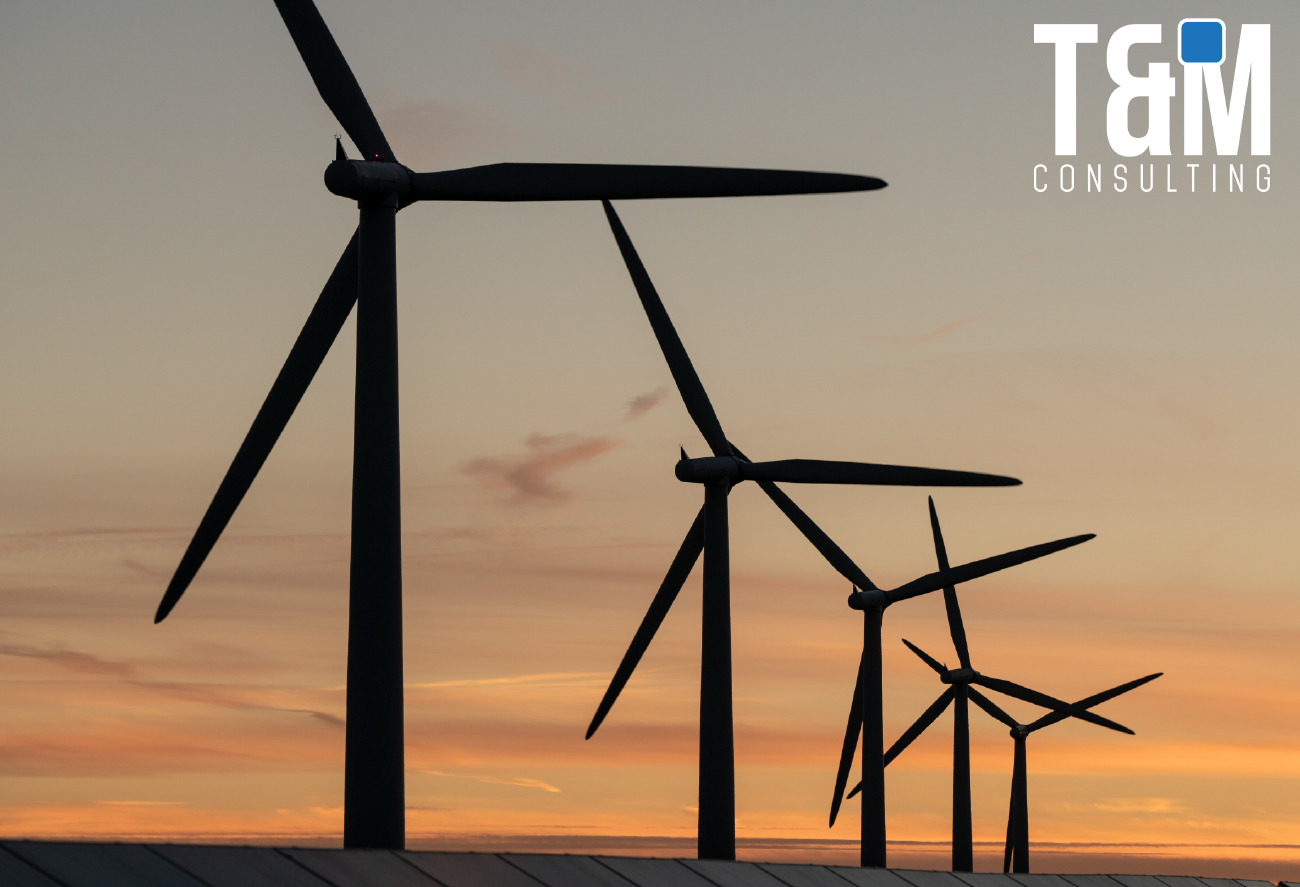Econews
An artificial island designed to change the game of renewable energy.

It's a reality and it's called Princess Elisabeth Island.
The world's first artificial energy island owes its name to its location, at the wind farm in the North Sea, 45 km off the coast of Belgium. The artificial island acts as an electricity transmission hub, receiving power from the Princess Elisabeth area and other European countries, such as the United Kingdom and Denmark.
The power is generated by a system of wind turbines and transmitted to the island via submarine cables, where it is converted into high-voltage electricity, then distributed to the Belgian coast and other European countries. It also functions as an interconnection point for other wind farms located nearby, so that energy generated in different locations can be shared and distributed more efficiently.
This project is being developed by Elia, the Belgian electricity transmission system operator, who announced a partnership called TM EDISON to build the island, in conjunction with offshore construction company Jan De Nul Group and DEME Group. Construction begins next year 2024 and plans call for it to be fully connected to all wind farms and the coast by 2030.
This artificial platform will have the task of improving the efficiency of renewable energy transmission and reducing the costs associated with building separate infrastructure for each wind farm, in addition to the potential to provide renewable energy to neighboring countries and an important role in reducing greenhouse gas emissions.
To maximize Belgium's own renewable electricity production, the federal government has decided to increase the capacity of offshore wind turbines in the second zone, the Princess Elisabeth Zone, to a range between 3.15 and 3.5 GW.
Together with the existing offshore wind farms, Belgium's total offshore wind capacity can increase to 5.8 GW by 2030, almost tripling the current offshore capacity. To reach this total capacity, installation will be carried out in two phases: a first phase of 0.7 GW will be installed by 2028, then the remaining 2.1 GW will be commissioned by the end of 2029.
By 2030, 25% of our electricity production could come from the Belgian North Sea, saving a total of 8.6 million tons of CO2 per year.
Renewable energy is the best alternative for the future of our planet and the Princess Elisabeth artificial energy island could become a pillar in achieving this by being an innovative example of how we can make the transition to a more sustainable future. In addition to demonstrating that sharing resources and knowledge between countries, the key is to be able to work together to achieve the goals in terms of clean energy and reduction of greenhouse gas emissions.
More information https://www.elia.be/en/news/press-releases/2023/02/20230228_epci-contract-energy-island-to-deme-and-jan-de-nul
04 de Abril, 2023





